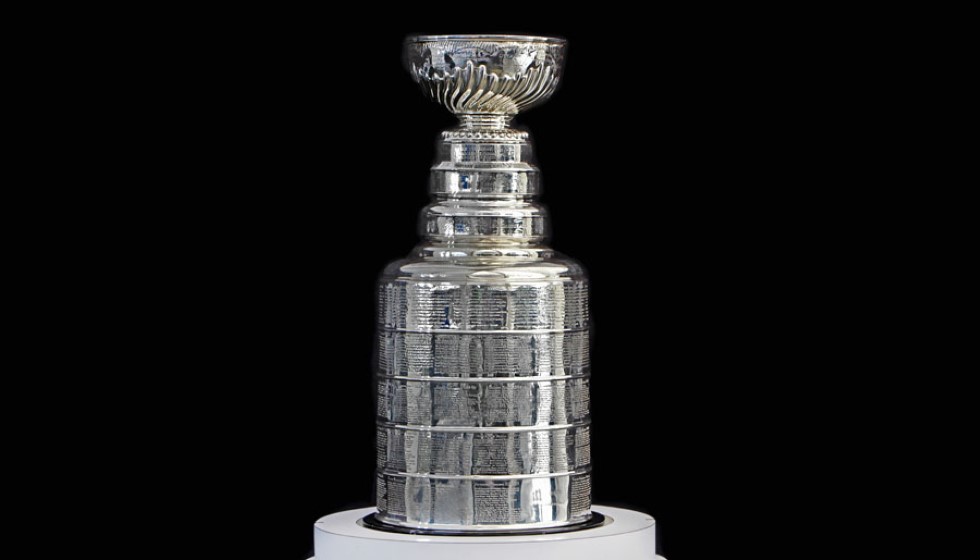
In the world of professional hockey, the role of the enforcer has been both celebrated and scrutinized. This was highlighted in a recent game between the Toronto Maple Leafs and the New York Rangers, where rookie Matt Rempe and veteran Ryan Reaves faced off. Rempe, who stands at an imposing 6 feet 7 inches and weighs 240 pounds, has quickly earned a reputation as an "enforcer" in the league. Despite having played only seven games, his record consists of one goal, one assist, and a noteworthy 37 minutes in the penalty box—five minutes more than his actual gameplay time.
The Evolution of the Enforcer Role
The concept of an enforcer in hockey is not new. However, the tragic deaths of Derek Boogaard, Wade Belak, and Rick Rypien in 2011 cast a dark shadow over the role, prompting the NHL to reconsider its stance on fighting. Research suggesting a link between chronic fighting and Chronic Traumatic Encephalopathy (CTE) has only fueled this debate. Despite these concerns, NHL Commissioner Gary Bettman remains skeptical of findings that draw a direct connection between hockey fights and CTE.
The game itself has evolved with the rise of analytics, challenging the traditional enforcer role. Enforcers, typically characterized by their limited scoring ability and lesser skating skills, struggle to fit into a game that now prioritizes speed, skill, and strategy. As a result, the frequency of fights has diminished, leading to a faster and more dynamic game that seeks to be more inclusive.
Fighting: A Double-Edged Sword
Yet, fighting has not been eradicated completely from the NHL. It remains part of hockey’s unwritten "code," serving as a way for players to self-police and protect their teammates. This aspect of the game was highlighted in the recent Leafs vs Rangers match, where Rempe's capability as an enforcer was on full display. TNT’s NHL panel, with voices like Paul Bissonnette, often discusses the role of fighting, underscoring its complexity within the sport. Bissonnette, for instance, praised Rempe's hit as old-school hockey, appreciating his willingness to stand up and answer for his actions on the ice.
The debate over fighting in hockey has made the NHL a cultural battleground, reflected in incidents beyond the ice. For example, during the All-Star break in Florida, the NHL's post on LinkedIn about a career fair met criticism from Florida Governor Ron DeSantis. His spokesperson articulated that the administration opposes any form of discrimination, a statement intertwined with broader societal debates. This incident underscores how deeply the sport's cultural issues can resonate beyond the rink.
Enforcers: Guardians or Bygones?
Supporters of the enforcer role argue that such players contribute to the safety of the game by deterring dangerous play and ensuring that players think twice before taking liberties with star players. However, the question remains whether the presence of enforcers escalates tension or actually prevents uglier confrontations from happening. In the current hockey environment, where analytics and skill increasingly dictate game strategy, the traditional enforcer struggles to find a place.
Yet, players like Rempe serve as a reminder of the game’s gritty edge, embodying the spirit of the old guard while navigating the expectations of modern hockey. His ability to command attention on the ice, whether through physical play or by dropping the gloves, speaks to a longstanding tradition that refuses to fade away quietly. Whether this aspect of hockey will continue to diminish or find new life in the evolving landscape of the NHL remains a subject of significant discussion.
In essence, the debate over enforcers and fighting in hockey encapsulates broader discussions about the direction in which the sport is headed. With the NHL at a crossroads between embracing its historical roots and adapting to modern demands for speed and safety, the role of players like Rempe will be scrutinized and debated among fans and officials alike. As the NHL endeavors to create a more inclusive and faster-paced game, the legacy and future of the enforcer remain unclear, representing a fascinating subplot in the evolving narrative of professional hockey.